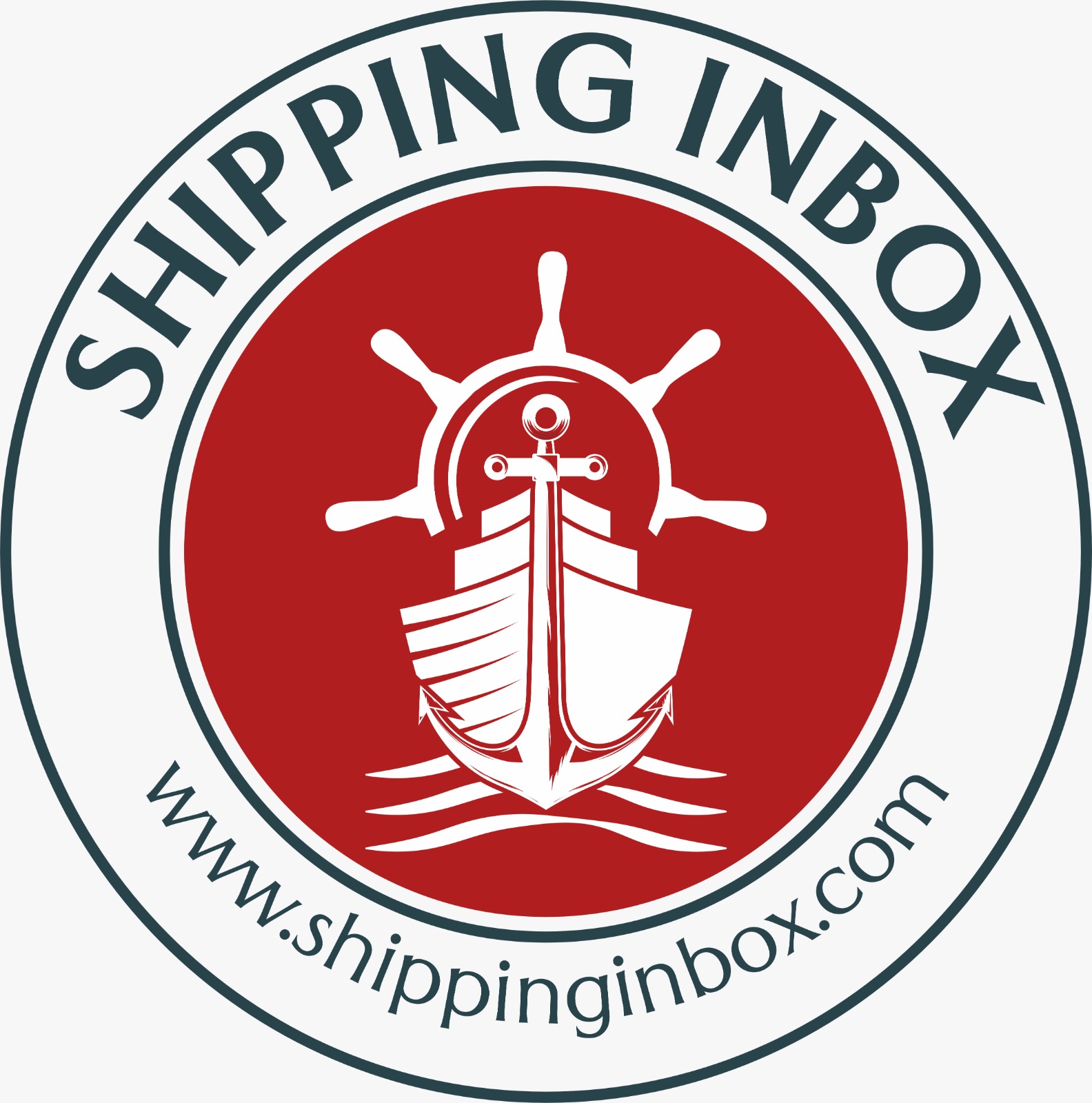The Evolution of the Bill of Lading: From “Clean on Board” to Containerization Challenges
For centuries, the bill of lading has been a cornerstone document in global shipping. Traditionally issued and signed by a ship’s captain, it served as a “proof of receipt” for goods loaded aboard a vessel. Among its many clauses, the “Clean on Board” clause was particularly significant, confirming that the cargo was received in good condition—free of damages, shortages, or imperfections such as rust. However, with the advent of containerization in the mid-20th century, the practicalities of issuing a “Clean on Board” bill of lading have faced significant challenges, leading to ongoing debates in the shipping and trade finance sectors.

The Legacy of “Clean on Board”
In the early days of shipping, when general cargo or breakbulk ships dominated maritime trade, the “Clean on Board” clause was a vital assurance to all parties involved in a transaction. Before issuing a bill of lading with this clause, the condition of the cargo was verified against a Mate’s Receipt.
The Mate’s Receipt, named after the Chief Mate or Chief Officer responsible for cargo operations on board, documented essential details about the cargo: its description, weight, number of bundles, measurements, and any observable condition issues. If the cargo exhibited damage or discrepancies during loading, these issues were noted in the Mate’s Receipt. A “Clean on Board” clause was only included if the cargo was confirmed to be in pristine condition.
This assurance was especially critical for shipments financed through letters of credit, a mechanism whereby a bank guarantees payment to the seller on behalf of the buyer, provided specific documentation is submitted. A “Clean on Board” notation on the bill of lading was often stipulated as a requirement in letters of credit, offering the buyer and their financing bank confidence that the goods had been shipped without defects.
Containerization and the Decline of “Clean on Board”
The shipping industry underwent a revolutionary transformation with the advent of containerization in 1956. Containers offered unparalleled efficiency, reducing handling times and minimizing cargo damage. However, they also introduced a fundamental change in how cargo conditions were verified.
Unlike breakbulk shipments, where cargo was directly loaded onto a ship’s hold and inspected, containerized shipments involve goods being packed, sealed, and delivered to the carrier as a single unit. The carrier typically has no visibility of the cargo’s condition inside the sealed container.
This lack of physical verification made it increasingly untenable for carriers to certify the condition of goods. As a result, most container shipping lines now reject the “Clean on Board” clause as impractical and unacceptable. Instead, they use notations such as “Shippers Load Stow and Count” (SLAC) and “Said to Contain” (STC) on the bill of lading. These disclaimers shift responsibility for the cargo’s condition to the shipper, reflecting the carrier’s limited ability to verify the state of goods inside sealed containers.
The Role of Letters of Credit
Despite the practicalities of containerized shipping, letters of credit continue to demand compliance with clauses such as “Clean on Board.” This demand is often a legacy of earlier shipping practices, with importers and their banks including the clause more out of habit than necessity.
However, the Uniform Customs and Practice for Documentary Credits (UCP600), which governs the operation of letters of credit, offers guidance on this issue. Article 27 of UCP600 clarifies that a transport document, including a bill of lading, does not need to explicitly state the word “clean.” Instead, it is sufficient for the document to lack any clause explicitly declaring the cargo or its packaging to be defective.
This distinction seeks to align banking practices with modern shipping realities, reducing unnecessary disputes between carriers, shippers, and banks. Nonetheless, exporters often find themselves in a challenging position, navigating the conflicting demands of trade finance requirements and carrier limitations.
Tensions Between Shippers and Carriers
The differences in expectations between shippers and carriers extend beyond the “Clean on Board” clause. Letters of credit often require additional commercial details, such as the value of goods, terms of sale, and other specific data to be included on the bill of lading. However, carriers may resist including this information, citing concerns about liability and confidentiality.
This ongoing tension highlights the complexities of modern shipping documentation. Shippers, motivated by the need to comply with trade finance requirements, may insist on including certain clauses or information on the bill of lading. Carriers, on the other hand, prioritize protecting their legal and operational interests.
Navigating the Path Forward
As international trade continues to evolve, stakeholders must adapt their practices to the realities of modern shipping. For banks and importers, this may involve revising outdated letter of credit requirements that are incompatible with containerized shipping practices. The UCP600 guidelines provide a framework for such revisions, emphasizing flexibility and pragmatism.
For shippers, clear communication with carriers about documentation requirements can help avoid disputes and delays. When letters of credit demand clauses like “Clean on Board,” shippers should proactively address these requirements with carriers, seeking alternative solutions where possible.
Finally, carriers must continue to educate their customers about the limitations of containerized shipping and the implications for documentation. By fostering greater understanding among all parties, the industry can reduce the friction caused by legacy practices and focus on improving efficiency and reliability.
The “Clean on Board” clause, once a hallmark of trust in maritime trade, has become a relic of a bygone era in the age of containerization. While its legacy continues to shape trade finance practices, the realities of modern shipping demand a more nuanced approach to documentation. By embracing flexibility and collaboration, stakeholders across the shipping and trade sectors can bridge the gap between tradition and innovation, ensuring that global commerce continues to thrive.
Author: shipping inbox
shipping and maritime related web portal








